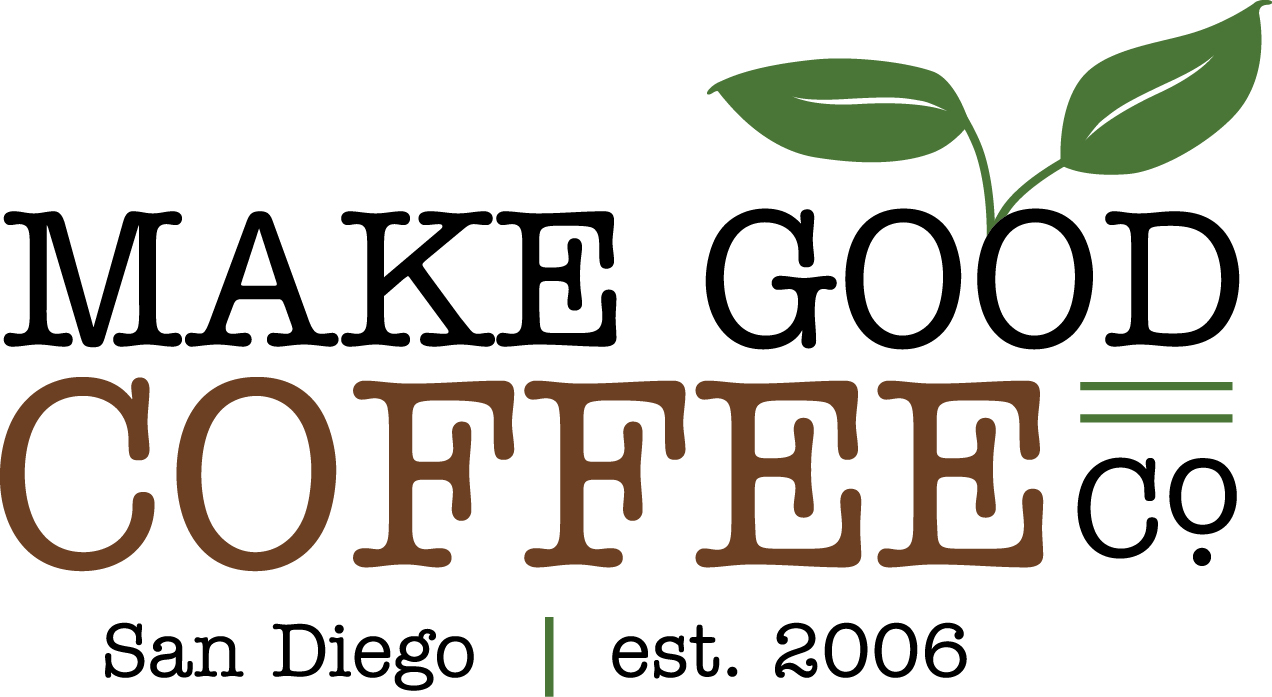What is a Coffee Blend?
 When you factor marketing into the process of selling coffee, you end up seeing some weird names. Artificial flavors give the impression that somehow nuts, berries, or Irish Cream figure into how coffee is made. Names like French Roast or Greek Coffee might give the impression that coffee is grown anywhere in Europe.Coffee blends might also cause some confusion, because they usually have unique names. The basic definition of a coffee blend is that it's a roaster's mixture to recipe, of different varieties, roast levels, or flavor profiles of coffee. It's a roaster's opportunity to create something new by blending coffees together.The first blend I remember really enjoying was the Major Dickason's Blend
When you factor marketing into the process of selling coffee, you end up seeing some weird names. Artificial flavors give the impression that somehow nuts, berries, or Irish Cream figure into how coffee is made. Names like French Roast or Greek Coffee might give the impression that coffee is grown anywhere in Europe.Coffee blends might also cause some confusion, because they usually have unique names. The basic definition of a coffee blend is that it's a roaster's mixture to recipe, of different varieties, roast levels, or flavor profiles of coffee. It's a roaster's opportunity to create something new by blending coffees together.The first blend I remember really enjoying was the Major Dickason's Blend by Peet's Coffee and Tea
. The story behind it will help you understand blends better, and the pride that a roaster can take in it. Key Dickason was a retired army officer that was also a loyal customer of Peet's at their original location in Berkeley, California, and a coffee aficianado. The founder Alfred Peet experimented with Dickason at different combinations of coffee until they "bred" the one that they both loved. Peet "promoted" Dickason to Major of this new coffee, and a new blend was born, also Peet's Coffee's best-selling.
[ad#Google Adsense - use me]

For Peet's, the blend represents an emotional tie to the long but enjoyable process of exploring the wide world of coffee and creating something new. Where individual sources of coffee offer their own flavor profiles, the number of new combinations are endless.My recommendation is to stay away from grocery store coffees that use the word "blend" along with another fancy word like "signature". However, from your local roaster or your online coffee roaster, you can trust the word "blend" because it generally means they created it themselves. I enjoy taking a professional roaster up on the blend that they've poured themselves into.In my interview with coffee giant George Howell at CoffeeCon 2013, I learned that not every roaster is interested in blending. George only blends for restaurant customers that demand it. As George describes it, to be a great painter with primary colors, you have to know the primary colors as well as possible. George then learned they’re not primary colors, they’re very complex. In pursuing the perfect blend, George realized he didn’t need blends.Check out: Trip Report CoffeeCON 2013This is of personal taste to the roaster. If your roaster offers a "house blend", "signature blend", or a blend with a unique name, take them up on it. They created that coffee and its flavor themselves.
